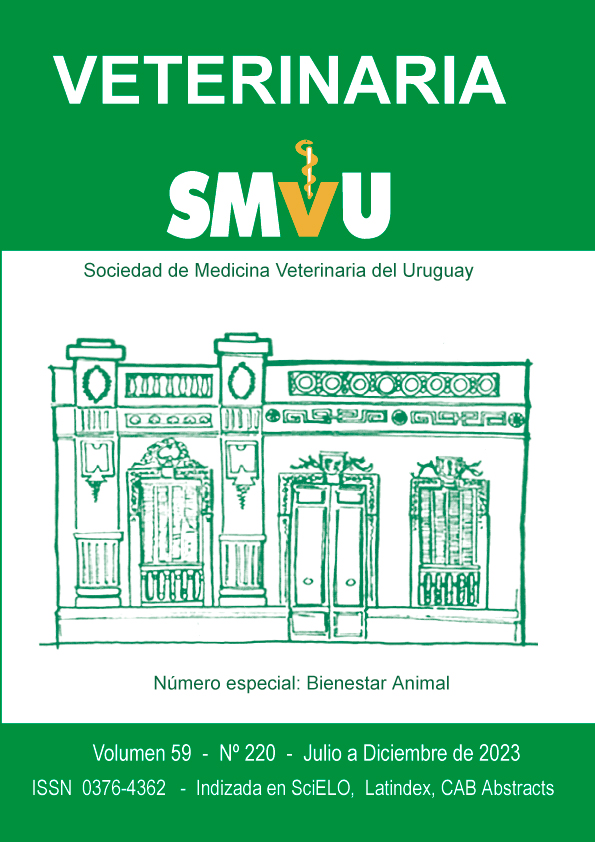Interactions between humans and production animals
Importance and challenges
DOI:
https://doi.org/10.29155/VET.59.220.2Keywords:
Attitude, Animal welfare, Conditioning, Stress, HabituationAbstract
Human-animal interaction in production systems involves any contact between humans and animals. These interactions include tactile, visual, olfactory, and auditory stimuli perception and can be classified according to their nature as positive, negative, or neutral. Some routine management practices on the farm are usually aversive. If poor handling is added, the overall result will be negative, generating animal fear and avoidance. Conversely, proper handling, habituation, and positive reinforcement can facilitate animal handling, reducing stress and risks for everyone. It is important to consider stockpeople attitudes, additionally, how they perform their work, which depends on their capacity (skills, health and knowledge), opportunity (working conditions, equipment and available tools, co-workers’ actions, and organizational policies and rules), and disposition (motivation, satisfaction, and attitude toward work and animals). To improve stockpeople behaviour towards animals, it is not only necessary to acquire knowledge and skills but also to modify founded habits by changing established attitudes and beliefs in the person. Thus, training programs for stockpeople, mainly aimed at changing attitudes and behaviours, improve their handling skills, attitudes and behaviours and, consequently, reduce animals' fear of humans. Improving animal handling benefits both animals and workers, improving productivity and welfare for both.
Downloads
Metrics
Downloads
Published
How to Cite
Issue
Section
License
Copyright (c) 2023 Sociedad de Medicina Veterinaria del Uruguay

This work is licensed under a Creative Commons Attribution 4.0 International License.











